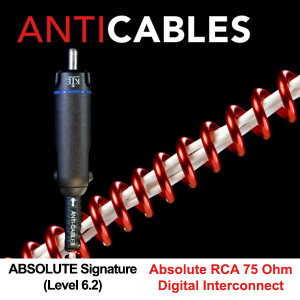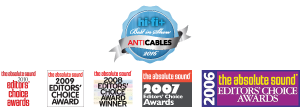 ANTICABLES Speaker Wires were first introduced in 2003 and were immediately recognized for their sonic merit and value. They formed a cult-like underground following, and quickly earned seven consecutive “Editors’ Choice” and “Top Products” awards in a row from The Absolute Sound.
ANTICABLES Speaker Wires were first introduced in 2003 and were immediately recognized for their sonic merit and value. They formed a cult-like underground following, and quickly earned seven consecutive “Editors’ Choice” and “Top Products” awards in a row from The Absolute Sound.
Through the years, we constantly look for ways to push for improved audio performance for all our product offerings. Most of the time the improvement comes without a price increase and often times comes without even being announced. We’ve included a historical account of how our speaker wires have evolved.
Looks are Deceiving
Even though our red coated speaker wires still look a lot like they did over a dozen years ago, they are actually quite different and have notable better sonic performance. If you bought your ANTICABLES Speaker Wires years ago, now might be a great time to upgrade to a new pair! The cost of a new pair might yet again be one of the best investments you could make to your audio system.
Speaker Wires Evolution
2006
- Reduced red coating thickness from 0.002″ down to 0.001″
- Even lower dielectric effect distortion
- Shorter break-in time
Fall 2007
- Created our own better sounding solid copper spade
- Greater clarity
- Fits both 1/4″ and 5/16″ binding posts
March 2010
- Started testing, managing, and marking the best sounding wire flow direction
- Proper directionality provides greater resolution and dynamics
- Increased pitch definition, more presence, and less smeared highs
Nov 2011
- Started factory twisting the wire pairs together
- Keeps inductance low for greater ambient information and tighter bass
- Nicer looking and easier to manage
- Started using even higher purity copper (down to only 5 parts per million impurities)
- Smoother and more extended highs and greater harmonic textures through the midrange
- These two changes marked the point in which they were now called the Level 2 Speaker Wires
- The price was increased by $1 per foot per speaker, and the “original” version was discontinued.
Feb 2012
- Went from a generic gold plated brass banana plug to our own gold plated 90% copper alloy BFA style banana plug
- Brass is simply not a good sounding metal (the sound gets “hard” when the music gets complicated)
- Sound is now about half way between the old bananas and our best sounding solid copper spades
Aug 2012
- Developed an even better sounding banana plug that is made out of a gold plated 99% Copper alloy called Beryllium Copper
- The sound is now only one small tick away from our 100% solid copper spades.
Nov 2012
- Introduced the Level 3 series, which is simply a doubled-up build of the Level 2 series
- Provides additional bass weight and authority
- Greater musical dynamic impact that makes the music sound more alive
- Greater harmonic structure through the midrange
Feb 2013
- Increased the copper purity of our solid copper spades
- Slightly better resolution
Jan 2014
- Changed the wire drawing process to a new facility (still in the USA)
- Improved bass and a smoother top end
Aug 2016
- Reduced Dislocation Density (RDD™) wire
- Significant sonic improvement
- Level 2 is now Level 2.1
- Level 3 is now Level 3.1
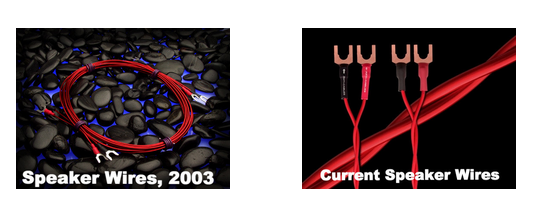
 If your purpose for your existing power conditioner is only to improve the sound, and if you find that with our ANTICABLES
If your purpose for your existing power conditioner is only to improve the sound, and if you find that with our ANTICABLES 
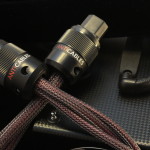
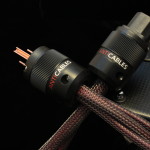
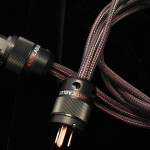
 If you think of a
If you think of a 